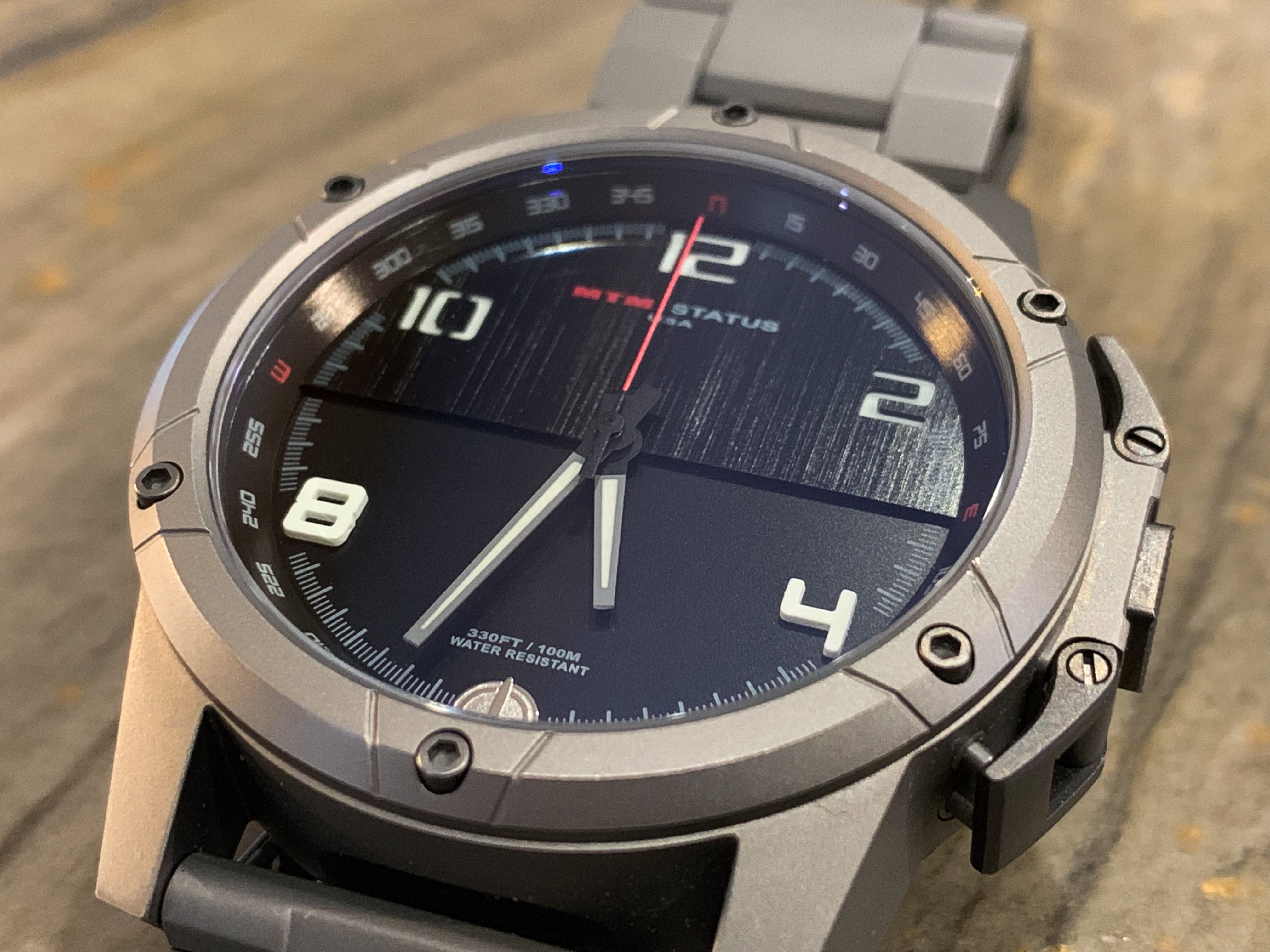

The statement of scope laid it out plain, saying that the watches were not meant for use where “ a high degree of accuracy” was required and that the watches were not intended to receive maintenance support. Those first 1964 specifications made it clear that these watches weren’t supposed to be of the highest quality or intended to last forever. There are also separate specifications for watches that are intended primarily for navigation or for diving. The specifications cover a range of details, from the case materials to standards for magnetism and water resistance. The MIL-W-46374, originally issued in 1964, is the official specification for military watches and has been revised seven times, most recently in 1999. In today’s military, function is still considered above fashion.

The field watches that were issued by the military had little flash and style, for obvious reasons, and instead were manufactured for uncomplicated use and quick synchronization.

It wouldn’t be until World War II that the military began issuing standard watches for their personnel, though even then, enlisted soldiers and officers tended to prefer their own. For the battlefield, though, soldiers began converting those pocket watches to be worn around their wrists for convenience and ease of access. Here’s something you might not have known: wristwatches only became a men’s fashion accessory because of World War I.īefore the Great War, wristwatches were thought of as solely the fashion choice of women. 3.5 Famous Special Ops Members & The Watches They Wear.3.4 Vietnam Era Special Ops Watches: Video.


 0 kommentar(er)
0 kommentar(er)
